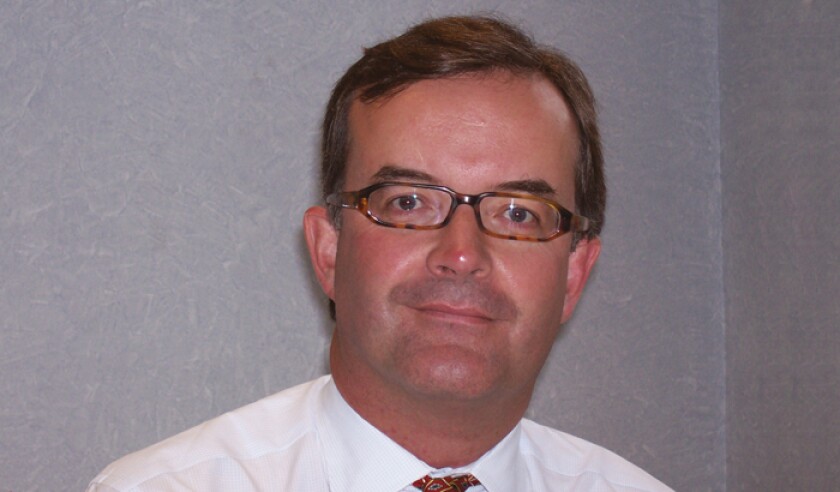The run-up to 1 January will be marked by a “logical and sensible” reinsurance market, with carriers striving for adequate pricing as they counter low investment returns, according to Willis Re’s James Vickers.
In

The run-up to 1 January will be marked by a “logical and sensible” reinsurance market, with carriers striving for adequate pricing as they counter low investment returns, according to Willis Re’s James Vickers.
In